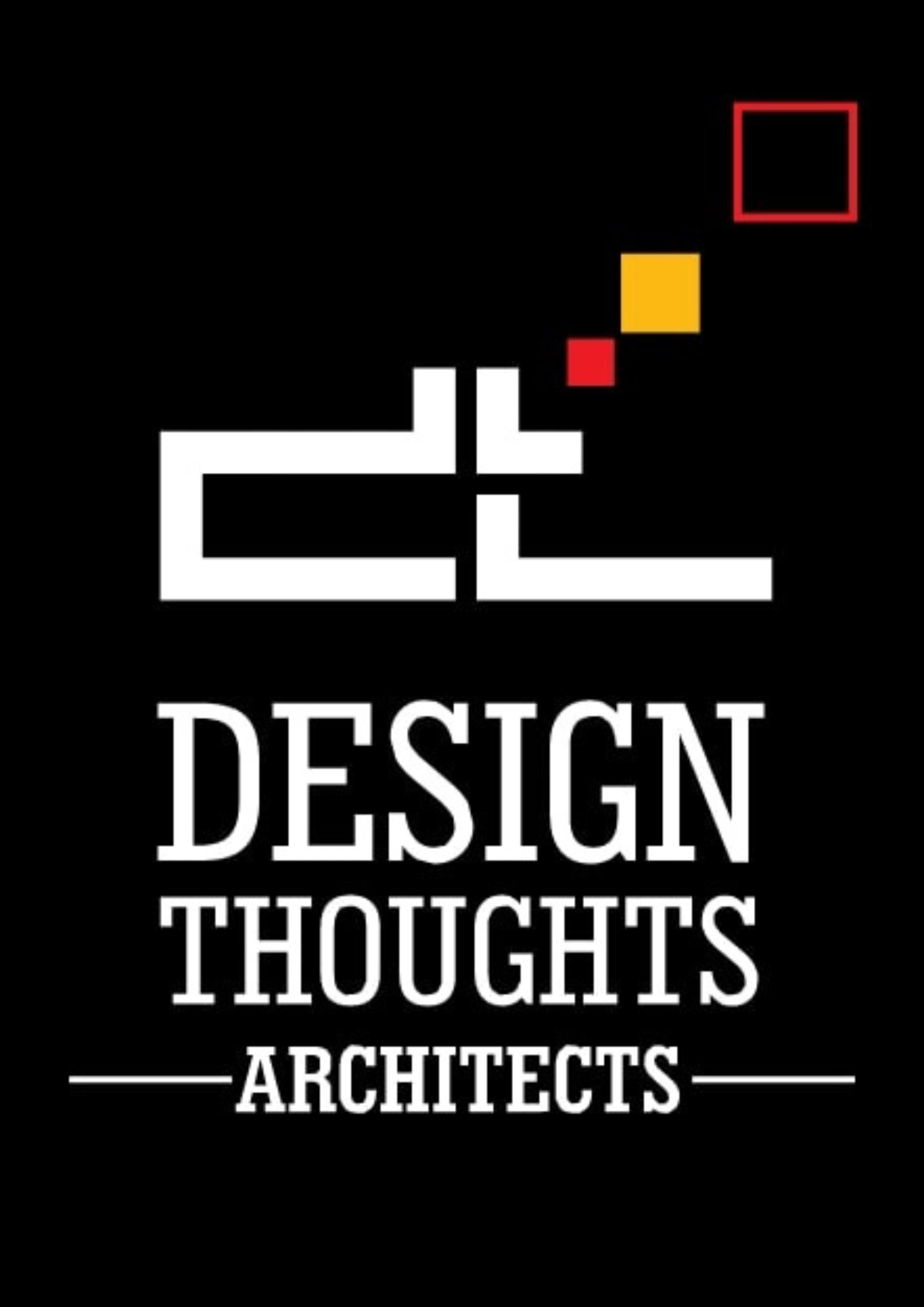Sustainable Architecture
Sustainable Architecture is an architectural practice that seeks to minimize the negative environmental impact of buildings by efficiency and moderation in the use of materials, energy, and development space and the ecosystem at large. Sustainable architecture uses a conscious approach to energy and ecological conservation in the design of the built environment.
The idea of sustainability, or ecological design, is to ensure that our actions and decisions today do not inhibit the opportunities of future generations.Energy Efficiency
Heating, Ventilation, and Cooling System Efficiency
Passive Solar Building
Passive solar building design allows buildings to harness the energy of the sun efficiently without the use of any active solar mechanisms such as photovoltaic cells or solar hot water panels. Typically passive solar building designs incorporate materials with high thermal massthat retain heat effectively and strong insulation that works to prevent heat escape. Low energy designs also requires the use of solar shading, by means of awnings, blinds or shutters, to relieve the solar heat gain in summer and to reduce the need for artificial cooling. In addition, low energy buildings typically have a very low surface area to volume ratio to minimize heat loss. This means that sprawling multi-winged building designs (often thought to look more “organic”) are often avoided in favor of more centralized structures. Traditional cold climate buildings such as American colonial saltbox designs provide a good historical model for centralized heat efficiency in a small-scale building.













